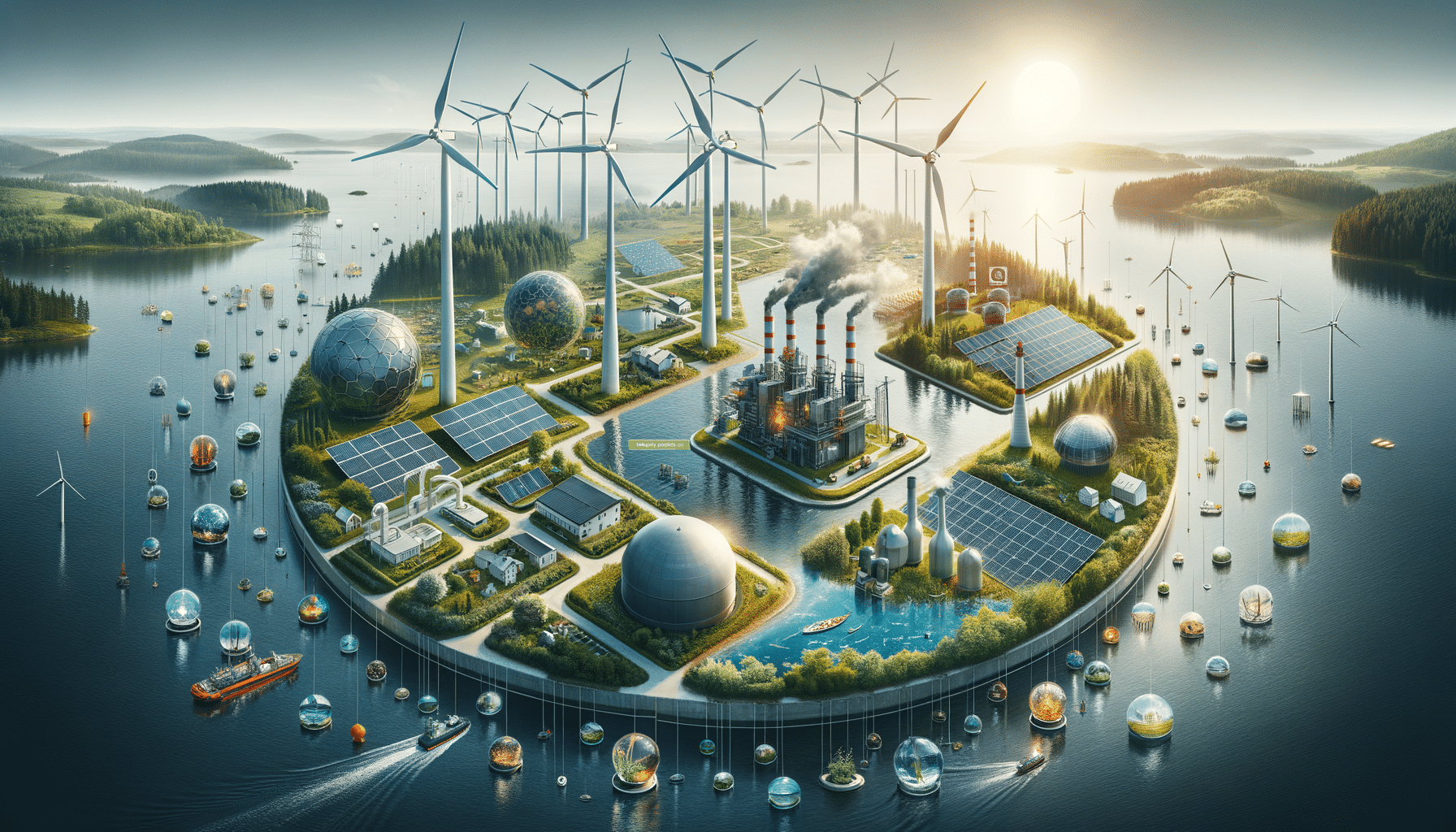
Innovative Solutions for 100% Renewable Power in Sweden
Introduction to Sweden’s Renewable Energy Goals
Sweden has long been a pioneer in the quest for sustainable energy solutions. As part of its ambitious environmental agenda, the country has set a target to achieve 100% renewable power by the year 2040. This goal is not only a testament to Sweden’s commitment to combating climate change but also a reflection of its innovative spirit in finding sustainable solutions. By leveraging a mix of hydroelectric, wind, solar, and bioenergy sources, Sweden aims to create a robust and resilient energy system that can serve as a model for other nations.
Hydroelectric Power: The Backbone of Sweden’s Energy Supply
Hydroelectric power is a cornerstone of Sweden’s renewable energy strategy. With its abundant waterways, Sweden has harnessed the power of water to generate a significant portion of its electricity. The country’s extensive network of rivers and lakes provides an ideal setting for hydroelectric plants, which contribute to both the stability and sustainability of the power supply. In recent years, Sweden has focused on optimizing existing hydroelectric facilities to improve efficiency and capacity, ensuring that they remain a vital component of the national energy grid.
Wind Energy: Harnessing Nature’s Power
Wind energy has emerged as a key player in Sweden’s renewable energy landscape. The country’s geographical features, including its long coastline and open plains, offer excellent conditions for wind power generation. In recent years, Sweden has invested heavily in expanding its wind energy infrastructure, with numerous wind farms dotting the landscape. These installations are not only helping to meet the growing demand for clean energy but also providing economic benefits through job creation and local development.
Solar Power: Tapping into the Sun’s Potential
While Sweden’s northern latitude presents challenges for solar energy, advancements in technology and innovative solutions have made it a viable option. The country has seen a steady increase in solar power installations, with both residential and commercial sectors contributing to the growth. Innovations such as solar panels that can operate efficiently in low-light conditions are helping to maximize the potential of solar energy in Sweden, making it an integral part of the renewable energy mix.
Bioenergy: Utilizing Organic Resources
Bioenergy plays a crucial role in Sweden’s renewable energy strategy, providing a sustainable way to utilize organic resources. By converting waste products from agriculture, forestry, and other industries into energy, Sweden is able to reduce its reliance on fossil fuels and lower greenhouse gas emissions. Bioenergy facilities are strategically located across the country, ensuring that local resources are used efficiently and sustainably. This approach not only supports Sweden’s renewable energy goals but also contributes to a circular economy.
Conclusion: A Model for Global Sustainability
Sweden’s journey towards 100% renewable power is a testament to the power of innovation and commitment to sustainability. By leveraging a diverse mix of energy sources and investing in cutting-edge technologies, Sweden is setting a precedent for other nations to follow. As the world grapples with the challenges of climate change, Sweden’s approach offers valuable insights into how countries can transition to a sustainable energy future. With continued dedication and collaboration, the vision of a fully renewable-powered Sweden is well within reach.


